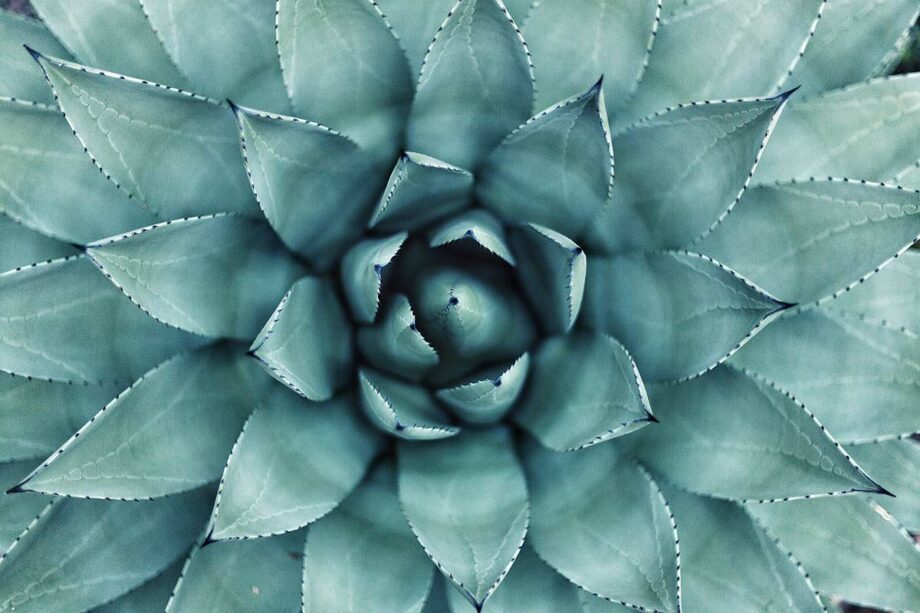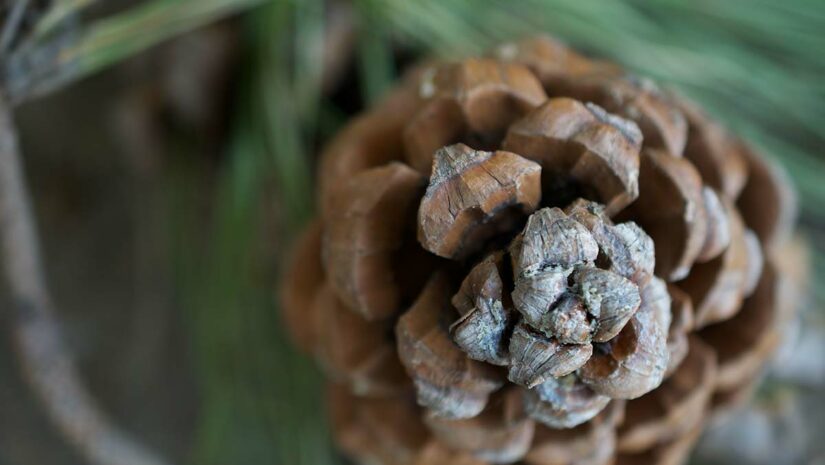The Fibonacci sequence was initially developed by Leonardo Fibonacci while he was calculating the expansion of groups of rabbits over a year. The Fibonacci sequence’s ratios and patterns (phi=1.61803…) are evident from micro to macro scales all over our known universe. Although the Fibonacci sequence (aka Golden Ratio) doesn’t appear in every facet of known structures, it does in many, and this is especially true for plants.
1. Leaves

The Fibonacci sequence in plants is quite abundant, and leaves are one of the best examples. When growing off the branch, Fibonacci can be viewed in their stems as well as their veins. The more they grow outward, the higher the Fibonacci sequence is visible.
2. Pinecones

When looking closely at the seed pod of a pinecone, you’ll notice an arranged spiral pattern. Each cone has its own set of spirals moving outwards in opposing directions.
3. Flower Petals

The petals of a flower grow in a manner consistent with the Fibonacci. Of the most visible Fibonacci sequence in plants, lilies, which have three petals, and buttercups, with their five petals, are some of the most easily recognized.
4. Seed Heads

A flower’s head is also where you’ll find the Fibonacci sequence in plants. Most of the time, seeds come from the center and migrate out. A perfect example of this is sunflowers with their spiraling patterns. At points, their seed heads get so packed that their number can get exceptionally high, sometimes as much as 144 and more. When analyzing these spirals, the number is almost always Fibonacci.
5. Trees

Although we all usually see trees everywhere in our day to day, how often do we really look at them for patterns. In trees, the Fibonacci begins in the growth of the trunk and then spirals outward as the tree gets larger and taller.
Feature photo by Cameron Oxley/Unsplash




